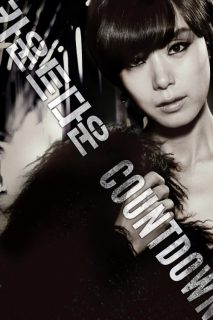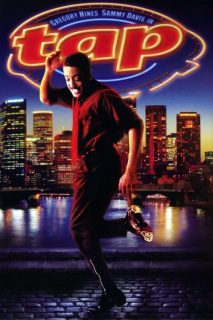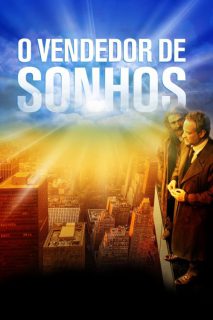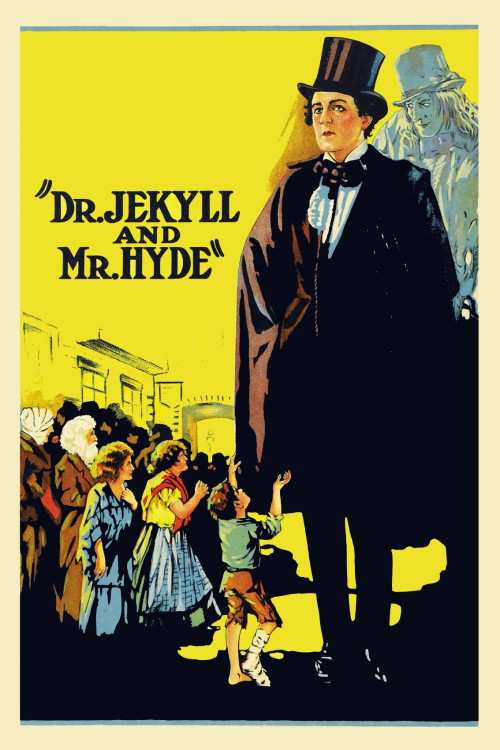
- Year: 1920
- Released: 28 Sep 1920
- Country: United States
- IMDb: https://www.imdb.com/title/tt0011130/
- Rotten Tomatoes: https://www.rottentomatoes.com/m/dr_jekyll_and_mr_hyde
- Available in: 720p,
- Language: None, English
- MPA Rating: Unrated
- Genre: Drama, Horror, Sci-Fi
- Runtime: 69 min
- Writer: Robert Louis Stevenson, Clara Beranger, Thomas Russell Sullivan
- Director: John S. Robertson
- Cast: John Barrymore, Martha Mansfield, Brandon Hurst
- Keywords: silent film, transformation, double life, alter ego, jekyll and hyde,
 | 6.9/10 |
 | 26% – Audience |
Dr. Jekyll and Mr. Hyde Storyline
Dr. Henry Jekyll experiments with scientific means of revealing the hidden, dark side of man and releases a murderer from within himself.
Dr. Jekyll and Mr. Hyde Play trailer
Dr. Jekyll and Mr. Hyde Photos
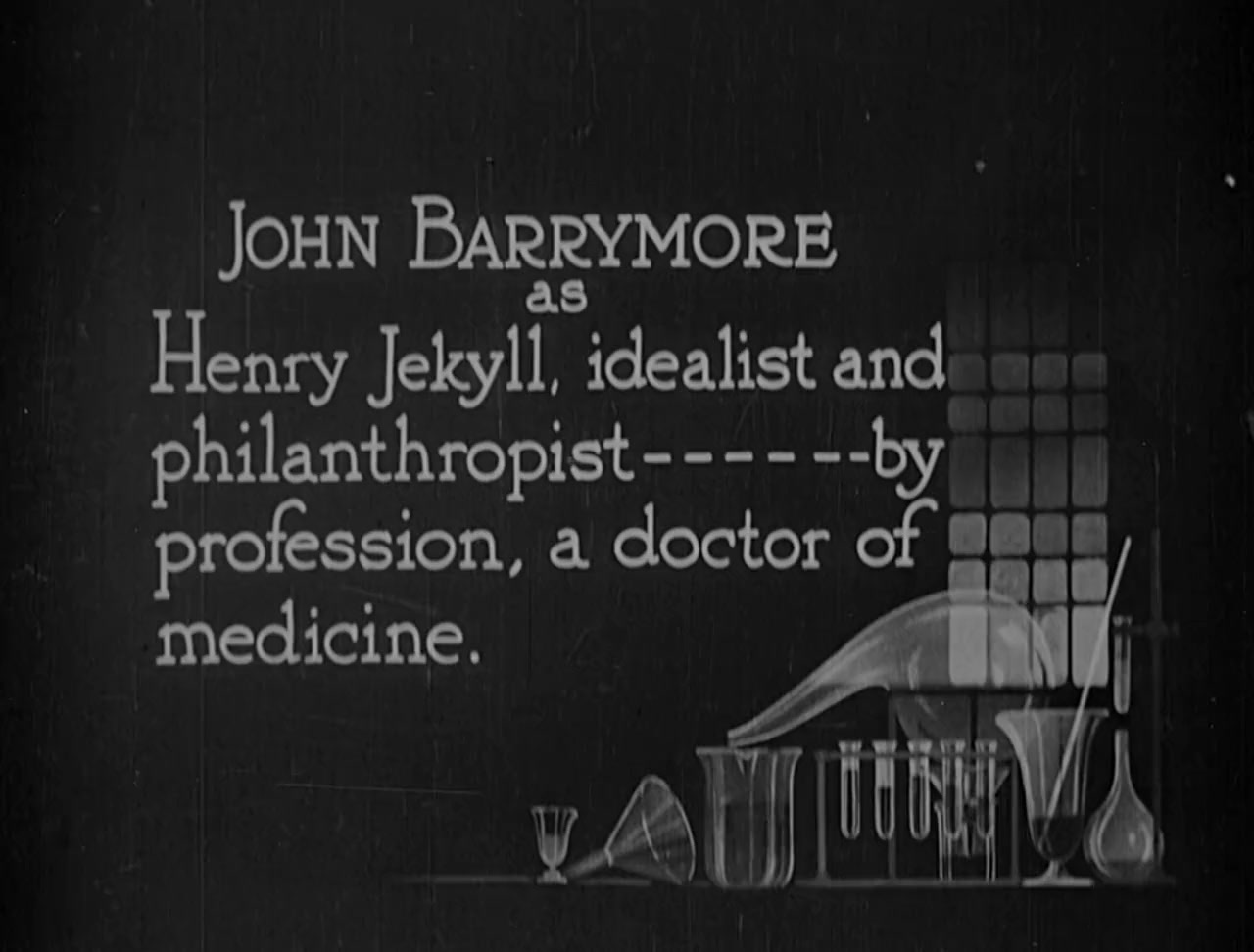
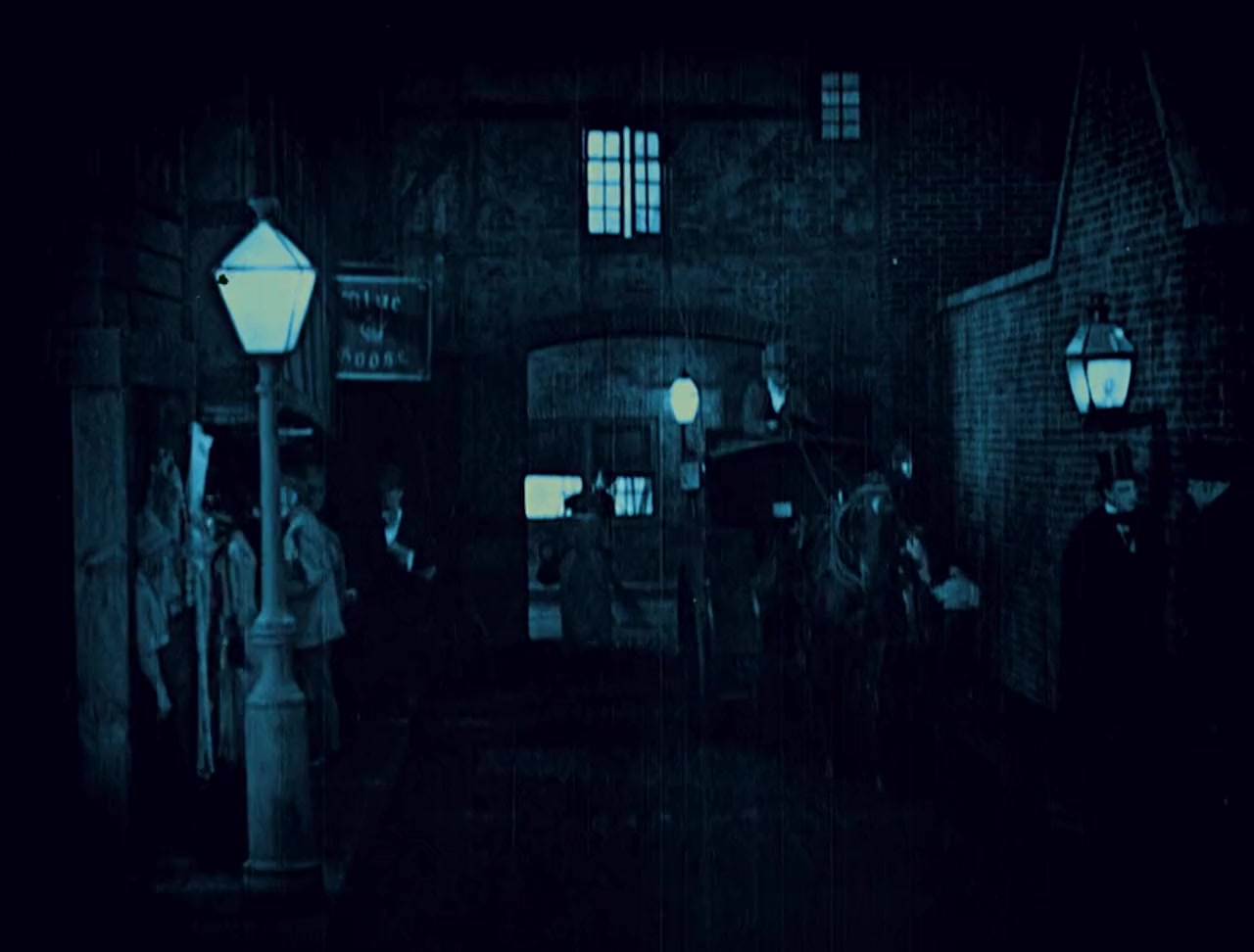

Dr. Jekyll and Mr. Hyde Torrents Download
| 720p | bluray | 730.44 MB | magnet:?xt=urn:btih:5B621099097A2B09FD75B3FE10EBB66F6E3DCA95 |
Dr. Jekyll and Mr. Hyde Subtitles Download
| Brazillian Portuguese | subtitle Dr.Jekyll.and.Mr.Hyde (1920).720p.Bluray.Edler67 | |
| Turkish | subtitle Dr.Jekyll.and.Mr.Hyde.1920.720p.Bluray.DTS.x264-GCJM |
Dr. Jekyll and Mr. Hyde Movie Reviews
“You’re a mysterious young man, Dr. Jekyll.”
As a medical doctor, Henry Jekyll (John Barrymore) maintains a human “repair shop” for the poor and destitute at his own expense. Generally acknowledged as too good to be true, Jekyll is challenged by socialite Sir George Carew to experience more of life for himself, before he marries Carew’s daughter Millicent (Martha Mansfield). “Think what it would mean! To yield to every evil impulse – yet leave the soul untouched!”
After meeting night club dancer Gina (Nita Naldi), Jekyll becomes consumed by obsession, spending day and night in his lab developing a drug that will give him the freedom to explore his baser nature. Jekyll’s early transformations are almost comic in their execution, he flails his body wildly and even falls down completely as his body transforms into the hideously deformed creature Mr. Hyde. As Hyde plunges deeper into vice, his evil nature threatens to overcome Jekyll’s entire life. Jekyll even creates a will leaving his effects to the sinister alter ego in case he’s unable to come out of one of his mutations.
A particularly well done scene explores Jekyll’s psyche as he lies in bed contemplating his fate; he imagines a huge hairy spider crawling up on his bed and bonding with his own body. Symbolically it cements the viewers understanding of Jekyll’s transformation into a creature of evil and monstrous intent.
As Sir George confronts Jekyll, he changes into the most gruesome countenance of Hyde yet, and beats Sir George to death. Without the drug that will keep him normal, he’s no longer able to control his transformations. Despondent, he takes his own life, or should I say, Mr. Hyde kills Dr. Jekyll to put an end to the reign of terror in his Soho neighborhood.
At times over the top, John Barrymore’s performance is well presented, his portrayal leaves one with an appreciation for his art and his interpretation of the John Louis Stevenson character. Martha Mansfield is demurely pretty as the pining lover who patiently keeps her love for Dr. Jekyll alive, even though she has no idea what a monster he has become. Though a silent film with occasional word screens, one has no trouble in following the details of the story to it’s dramatic conclusion. The only mitigating factor for the print I viewed was the musical score that at times did not match the on screen drama, seeming instead to be more upbeat than it’s subject matter.
Adaptations and Alterations
Through countless adaptations, including movies, the gist of Robert Lewis Stevenson’s “The Strange Case of Dr. Jekyll and Mr. Hyde” is familiar to those who have never even touched the novella. The doppelgänger, or doubles, theme of its battle between the good and evil within oneself are shared heritage, even though the Victorian age it was set in, the suspicions of invention and science and some of the psychological notions have since passed. This 1920 filmed version, the first highly regarded one, presents the story as it has been most commonly handed down: the narrative is simplified, removing the original mystery, and it takes the perspective of Dr. Jekyll, reducing the role of Mr. Utterson.
There are some interesting parts to this adaptation, especially when comparing it to the later 1931 and 1941 versions. The competing beliefs between Jekyll and Dr. Lanyon are well rendered, as are those between Jekyll and Sir George, who is, apparently, based in Oscar Wilde’s “The Picture of Dorian Gray”. Additionally, the rationale behind Jekyll’s experiment is altered more illogical by concerning it with one’s soul, instead of the hypocrisy of the two-faced upper classmen who present themselves respectably for the public but also want to visit the prostitutes at night.
Anyhow, for better or worse, John Barrymore is restrained (considering the role and the film era). There’s an odd giant spider nightmare in this one, too. The best aspect of this version, I think, is its horror atmosphere, with the studio sets of the fogy, lamp-lit London slums and even the detailed interior designs add something–production values that make this early entry stand out. Barrymore contributes to this, especially with the makeup to create his deformed Hyde that could rival Lon Chaney’s creations.
To see a major point of difference between the three major Hollywood adaptations, as well as an indication of Hollywood’s evolution and how this 1920 version stands out, compare Barrymore’s horrific and grotesque Hyde with that of Fredric March and Spencer Tracy: notice how Hyde becomes easier on the eyes with each subsequent decade.
An excellent silent, but I still prefer the Frederic March version
My above comment is NOT because I dislike silents–in fact, I have probably reviewed more silent films than just about anyone on IMDb. No, this is just a case where the later version is just more interesting–probably due to its “Pre-Code” sensibilities that gave a lot more psychological depth to the story. However, none of the versions I have yet seen really come close to the quality of the original book–a common problem when you adapt classic stories to the screen.
This is a very famous horror film starring John Barrymore. I have heard and read raves about his performance and how great he was without the use of significant amounts of makeup. Although I love Barrymore, I really don’t agree and think he overacted. Now this didn’t ruin the film–for a silent it’s still very good. It’s just that other silent horror films such as NOSFERATU or THE PHANTOM OF THE OPERA are just better and the acting is a bit more restrained. However, despite this, the sets are good and action just fine, so this would still be a decent film to watch.
By the way, there are MANY versions of this film since it’s in the public domain. I have a videotape with no accompanying music (yuck) and got a DVD from the library with BAD organ accompaniment. If it’s available, try to find one with a better score–the music I heard was just very flat and uninspiring.
